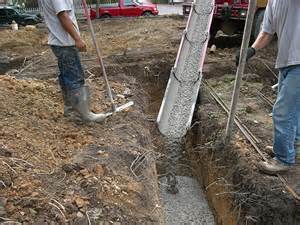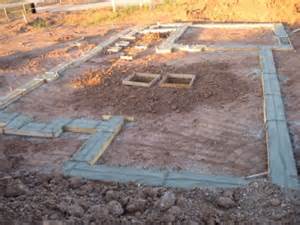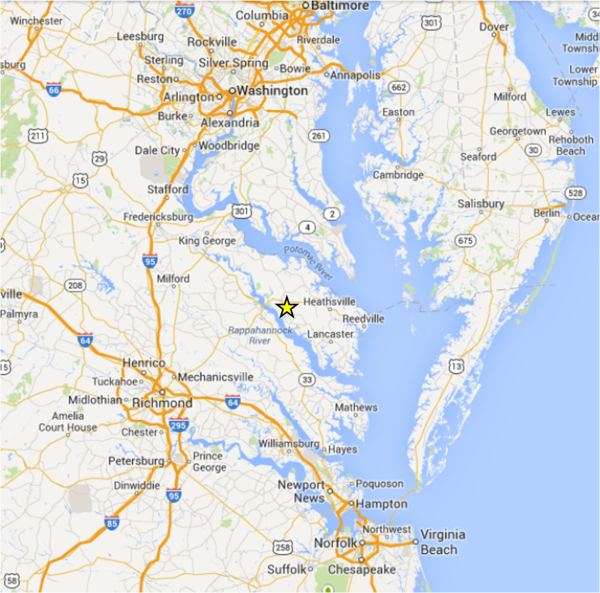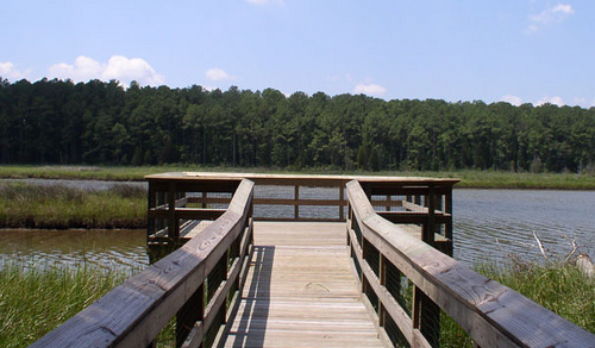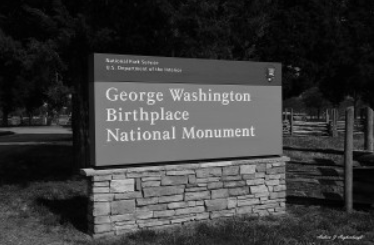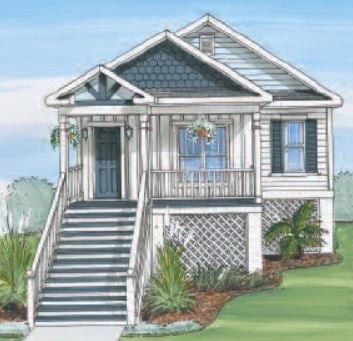There are so many great towns to see on the Northern Neck that weren't mentioned in "5 Towns you MUST Visit on the Northern Neck and Middle Peninsula", that we're mentioning four additional towns that are worth seeing on your trip to the Northern Neck. Don't end your trip early without seeing these four towns:
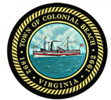
1. Colonial Beach (Westmoreland County) - Colonial Beach is the birthplace of James Monroe (5th President of the United States). Located on the Potomac River, there are a variety of activities, sights and sounds to see. Stroll the boardwalk with outdoor dining, specialty shopping and hospitality venues. There's lots to do including boating, biking, fishing or just playing on the beach. You'll get a taste of waterfront small town with church bells ringing the hour and golf carts ruling the streets. Come see Colonial Beach!

2. Montross (Westmoreland County) - Montross, originally called Westmoreland Courthouse, is the location where a resolution was introduced by Richard Henry Lee on June 22, 1774, providing aid to a beleagured Boston, MA, following a blockade by Great Britain. Montross is is the hub of Northern Neck history as a great stoppage point within 15 miles of Westmoreland State Park, George Washington Birth Place, and Strattford Hall. Stop for lunch, grab some ice cream and head out to your next attraction. Check out more on their website: Town of Montross
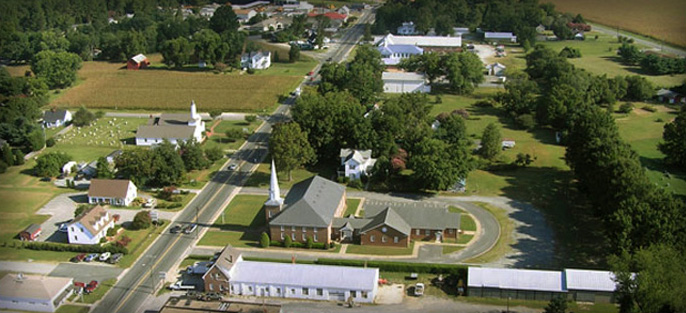
3. Warsaw (Richmond County) - In 1846, Warsaw was renamed in sympathy of the Polish struggle for independence. Warsaw holds the county seat of Richmond County and was established in 1692. Downtown Warsaw has the busiest intersection in the Northern Neck at its five-point intersection. Stop in at 'The Daily' for a terrific lunch and let the kids play at the City Park. Warsaw also sponsors multiple events and farmer's markets throughout the year. Click the link or more information: Town of Warsaw

4. Irvington (Lancaster County) - Located on Carter's Creek (a tributary to the Rappahannock River), Irvington has a rich history of the Steamboat Era. Named after Captain Levin H. Irvington, the town thrived in the 1890's and early 1900's when Steamboats brought goods and travelers to the area. In 1917, a fire destroyed much of the town at the end and rebounded as a Chesapeake Bay waterfront town. Come see the various museums and vineyards, play a round of golf, go shopping or just relax on the water at Irvington.
Enjoy your stay in the Northern Neck!


